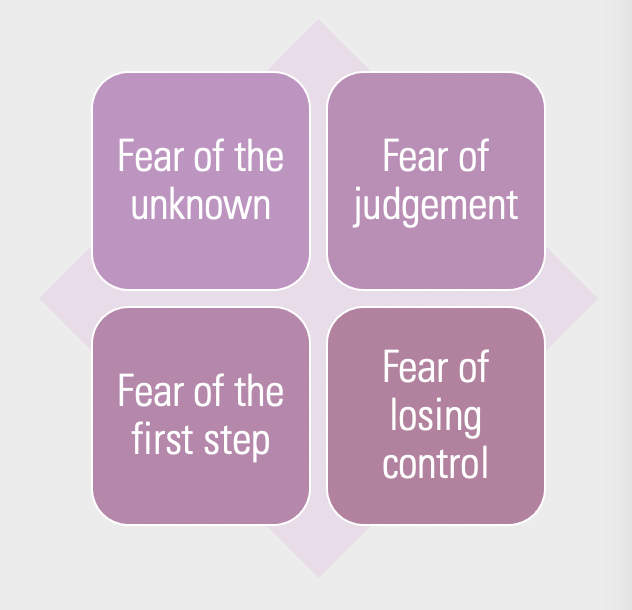The role of creative confidence in creative research methods
The power of creativity to support research and evaluation is not one that should be underestimated. Creative methods have many benefits to the depth of data that can be elicited. One of their greatest benefits is the ability, as Dawn Mannay so eloquently frames it, to help make ‘the familiar strange’. Using creative methods with adults can, however, often faced with challenges. This is especially true of more complex tasks such as drawing.
As part of my own research, during a series of interviews with widening participation practitioners, I used both drawing and Lego with participants to explore issues related to targeting and careers. The two tasks had very different responses though and I have argued that creative confidence plays a significant role in this.
Drawing on the work of Tom and David Kelley, partners at the design firm IDEO, I proposed that the four barriers to creativity also apply to the use of creative methods with participants.
The four barriers to creative confidence: Fear of the unknown, Fear of judgement, Fear of the first step and Fear of losing control.
For many participants, creative tasks will not be something they are expecting so they may be afraid of what you will ask them to do. Some of this is unfamiliarity but the other part is not being in control of the encounter. They may also be afraid that their outputs will not meet your expectations. This is common in my experience, they are often scared of doing it ‘wrong’. Finally, without clear instructions, or too many they might not know where to start.
These four barriers can impact different participants in different ways. For example their own past creative successes and failures may shape their feelings towards creative tasks. Remember, many may not have attempted to draw since they were made to at school and other may be confident amateur artists. You need to help both to be able to access and succeed with creative tasks for them to provide meaningful data.
So how can we get over these barriers?
There are a number of possible approaches here but the key considerations that should be built into the structure of the project might include:
Setting the conditions
Making the participants aware of what the outcome is. Are you actually worried if the output is poor or is it the process or conversations that are more important? If this is so, let them know to reduce the fear of judgement.
Scaffolding
Can you build up to the main tasks with some smaller warm up tasks. This way you remove the fear of the unknown and reduce the pressure to preform.
Put them in control
Having choice so they can control the activity is important but clear guidelines to support this is also key to avoid fear of where to start.
